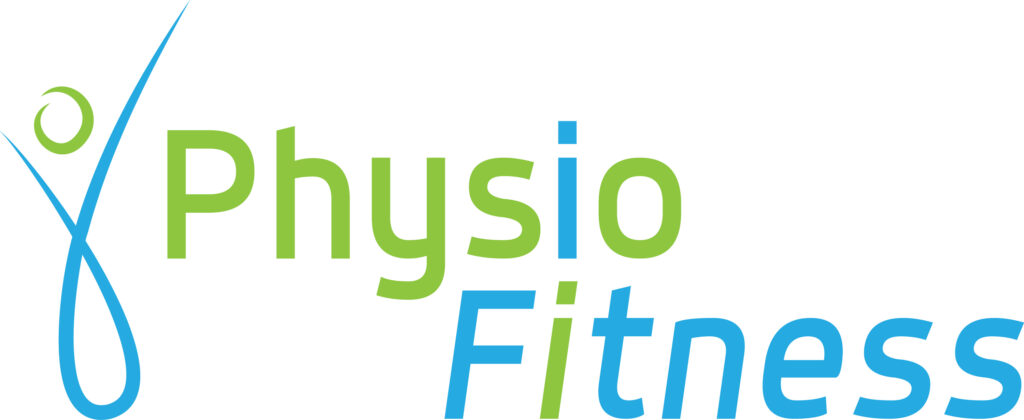Weighing up the Pros and Cons of Surgical Repair for Achilles Tendon Rupture
Introduction: Achilles tendon rupture is a debilitating injury that can significantly impact one’s mobility and quality of life. While there are both surgical and non-surgical approaches to treating this injury, surgical repair is often considered for individuals who are physically active and require a quicker recovery. However, like any medical procedure, surgical repair of an Achilles tendon rupture comes with its own set of advantages and disadvantages.
Pros of Surgical Repair:
- Faster Recovery: One of the primary advantages of surgical repair is the potential for a faster recovery. Surgery allows for precise reattachment of the torn tendon ends, which can result in a stronger and more stable healing process. This often translates to a shorter rehabilitation period compared to non-surgical methods.
- Lower Re-rupture Rate: Surgical repair has been associated with a lower re-rupture rate when compared to non-surgical treatment. The surgical technique involves directly reattaching the tendon ends, reducing the risk of the tendon re-tearing during the healing process.
- Restoration of Strength and Function: Surgical repair offers the opportunity to restore the tendon’s original strength and function more effectively. This is especially important for athletes and active individuals who rely on their Achilles tendon for activities such as running, jumping, and pivoting.
- Minimized Gap Formation: Surgical repair aims to minimize the gap between the torn tendon ends, promoting a stronger connection and reducing the likelihood of a weakened healed tendon.
Cons of Surgical Repair:
- Surgical Risks: As with any surgical procedure, there are inherent risks involved, such as infection, anesthesia complications, and potential damage to nerves and blood vessels near the surgical site.
- Postoperative Pain: Surgical repair can lead to postoperative pain and discomfort, which can affect the patient’s overall well-being and quality of life during the initial recovery phase.
- Longer Hospital Stay: Surgical repair typically requires a hospital stay, which might extend the period of time before patients can return to their regular activities.
- Rehabilitation Intensity: While surgical repair may offer faster recovery, the rehabilitation process following surgery can be intense. Patients need to follow a carefully planned physical therapy regimen to regain strength, flexibility, and functionality.
- Costs: Surgical procedures, including hospitalization, anesthesia, surgeon’s fees, and rehabilitation expenses, can be expensive. These costs may not always be covered by insurance, adding to the financial burden for some patients.
Conclusion: Choosing between surgical repair and non-surgical treatment for an Achilles tendon rupture is a decision that should be made in consultation with a medical professional. Surgical repair offers faster recovery, reduced re-rupture rates, and improved strength and function, but it also carries risks, potential discomfort, and financial implications. Ultimately, the decision depends on factors such as the patient’s activity level, overall health, and personal preferences. It’s important to carefully weigh the pros and cons to make an informed choice that aligns with individual needs and goals.




